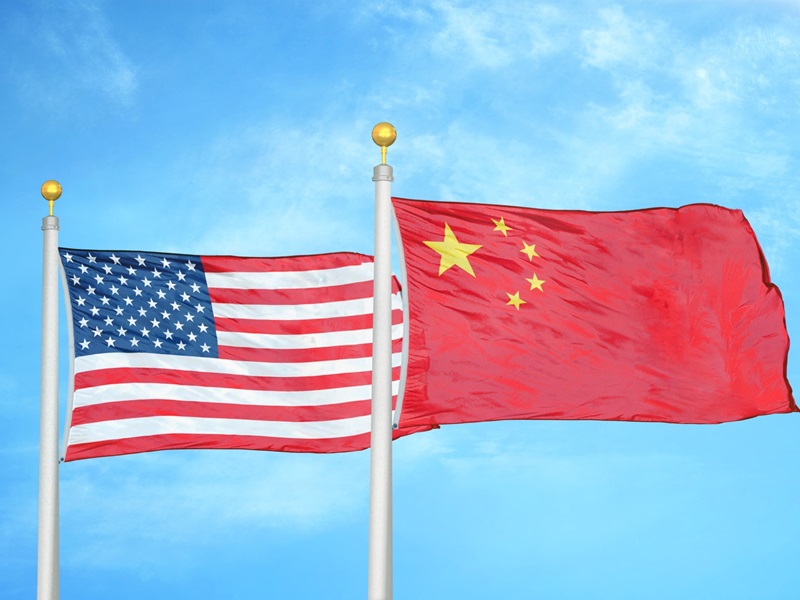
The Investment Management Corp. of Ontario believes an increasingly icy dynamic between the U.S. and China could lead to heightened volatility for institutional investors this year, says Nick Chamie, the IMCO’s chief strategist and senior managing director of total portfolio and capital markets.
“If we’re no longer zeroing in on maximizing economic efficiency, we’re no longer sourcing goods from the cheapest provider in the world [and] that’s going to add to some inflationary pressures.”
To fight this volatility, the investment organization is adding to inflation-sensitive assets like real return bonds and infrastructure. The direct tensions between the two countries is pushing the IMCO to avoid taking on direct exposure to investments in China. “Instead, we hold our relatively small exposure to China in only liquid securities — no illiquid private direct securities — because we recognize the need to be able to adjust and to be flexible.”
Read: IMCO committing 20% of its portfolio to climate solutions by 2030
With the increased financial pressure China is facing as an investment hub, Chamie says other jurisdictions, such as India, Mexico, Vietnam and Indonesia, could benefit from seeing added investment flow from companies looking to re-orient their supply chains.
In addition to U.S.-China tensions, the IMCO also identified the passage of the Inflation Reduction Act and the CHIPS and Science Act in the U.S. as potentially impacting institutional investors. The two separate policies have created incentives to increase institutional investors’ access to semiconductors, clean energy and green technology. He says the two acts have heralded a new industrial policy race as governments around the world change their approach to industry objectives.
“The acts were introduced to reinforce the securing of key technologies in clean energy for the U.S., while protecting domestic jobs. But they also serve multiple purposes as well, in particular in helping to retain the leadership position of the West, in particular the U.S., in some of these key areas.”
Read: IMCO returns -8.1% for 2022, buoyed by private assets
Chamie adds the construction of manufacturing assets for policy-targeted sectors such as electrical equipment and computer products has nearly tripled when compared to other industries. “If things are going to be a lot more policy driven, then you need to do a lot more research on the policy and on the implications of that policy.”
The investment organization is expecting a capital investment boom provided by the two acts, which are expected to direct billions of dollars to clearly defined industries and lead investors to look for attractive opportunities in these spaces. He says the IMCO’s investments in European clean energy solutions exemplify this type of strategy.
The IMCO is also monitoring the impact of new U.S. banking regulations. A heightened period of inflation followed by aggressive tightening by central banks in the U.S. between 2021 and 2023 led to the failure of four regional banks in the country, causing regulators to propose stricter rules around lending and capital requirements for small- and medium-sized banks.
Read: Cybersecurity concerns spark U.S. executive order blocking investments in Chinese tech
In light of these restrictions, Chamie says non-bank lenders — asset managers, insurance companies, pension funds and sovereign wealth funds — are likely to increase their private credit offerings.
The investment organization is also eyeing infrastructure that will support the adoption of artificial intelligence for years to come, instead of targeting investments in specific applications. Data centres, digital infrastructure and health care are expected to be some of the key categories within AI investments, says Chamie, adding the infrastructure demands of AI will be significant as intensive computing activity is needed to support the projected mass adoption of these tools across sectors.
“We’ve really focused on not trying to figure out who’s going to have the best AI bot. That’s not really an intelligent way of approaching it. But instead, there’s going to need to be a significant buildup of the infrastructure that’s required to support AI adoption.”
Read: Four Canadian pension funds increasing exposure to private credit: report
